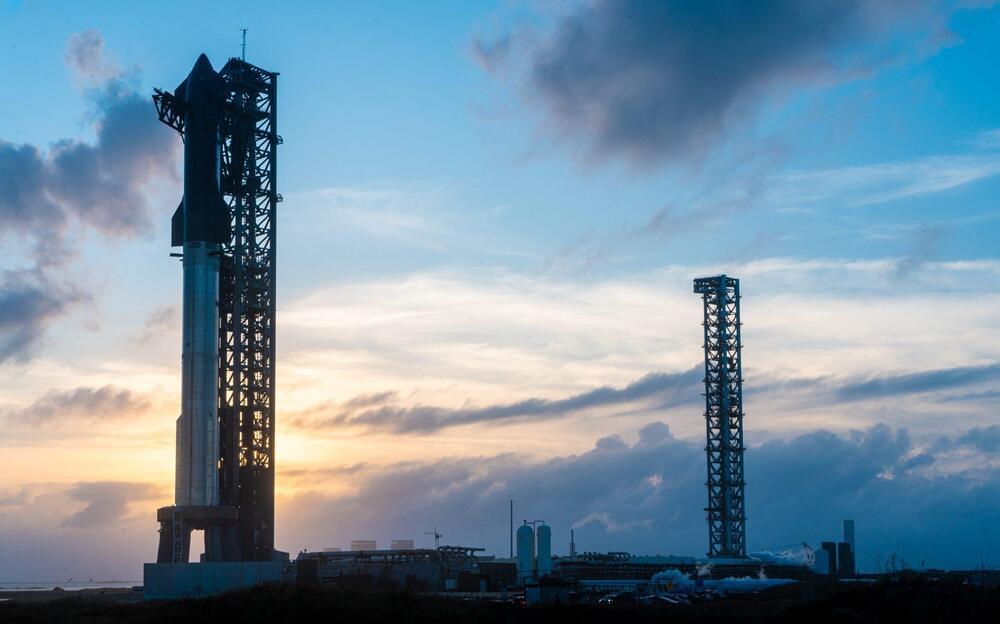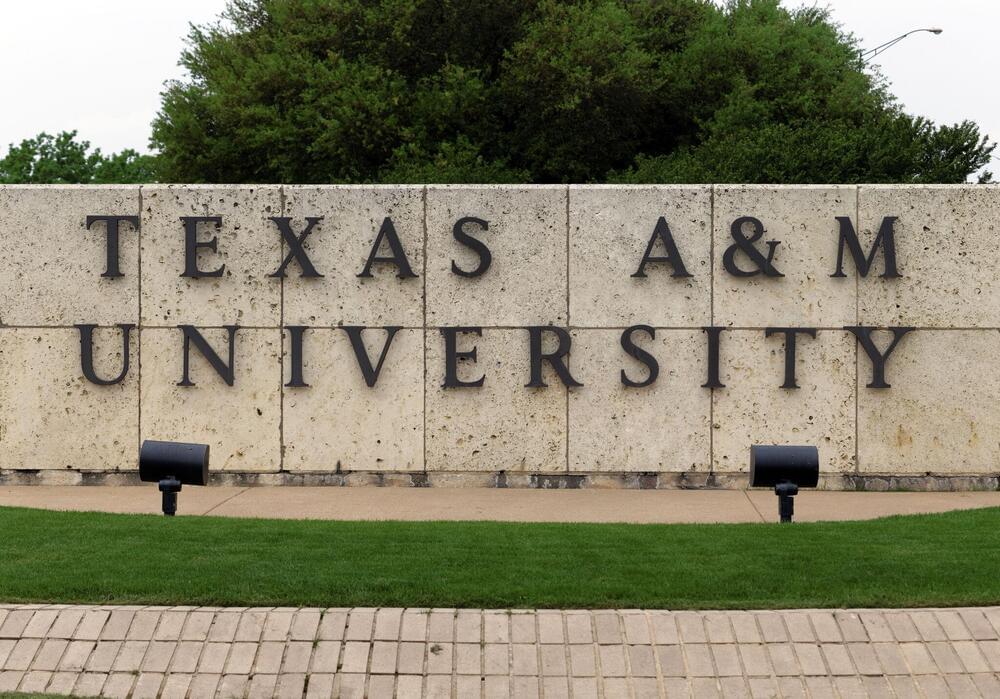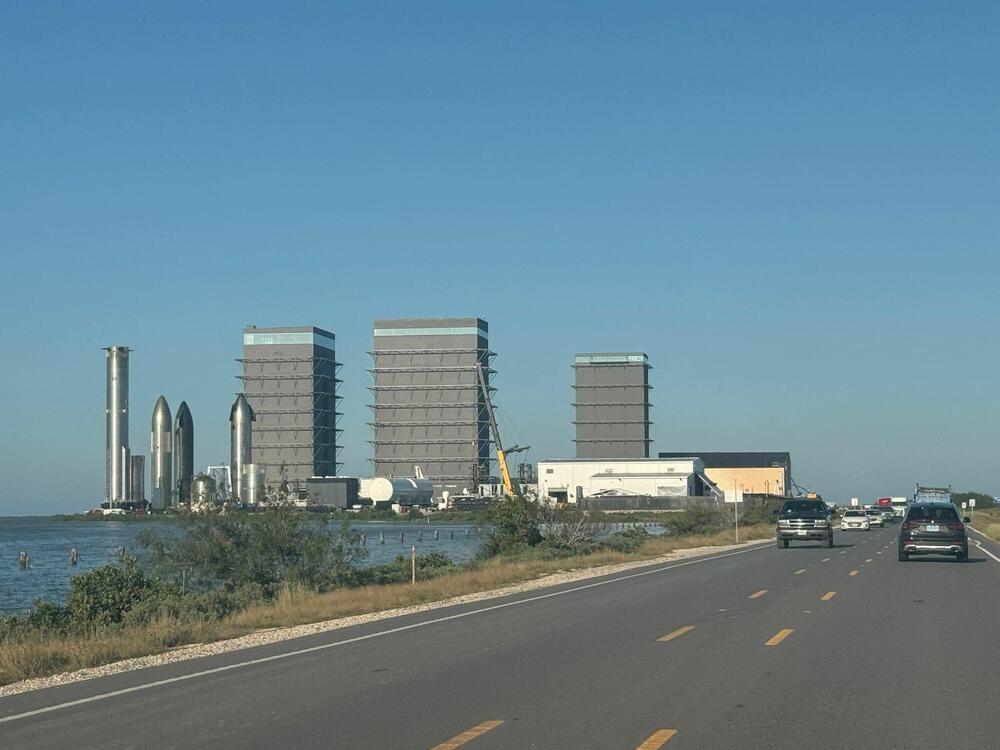Scientists launched a design competition for a massive multi-generational spaceship that could sustain humans on the way to the next star.


SpaceX is preparing to launch the sixth Starship flight test. The window for the launch opens at 4 p.m. local time on Tuesday. The company has confirmed on its website, and X, that it is targeting a potential catch of the Super Heavy test vehicle, if flight parameters allow for it. SpaceX will also try to re-ignite a single Raptor engine in space to demonstrate deorbit capabilities.
Window Opens: November 19th at 4PM CST (22:00 UTC)
Window Closes: November 19th at 4:30PM CST (22:30 UTC)
Mission: Starship’s sixth fully integrated test flight.
Launch location: Orbital Launch Pad A, Starbase, Earth.
Target orbit: Trans-atmospheric.
Booster: Booster 13
Booster recovery: Orbital Launch Pad A launch tower arms.
Ship: Ship 31
Ship recovery: Will attempt soft splashdown on the Indian Ocean.
Rocket trajectory: Straight east over the Gulf of Mexico.
Stats:
· SpaceX’s 119th launch of the year and the 11th launch of the month.
· Starship’s 6th launch.
· 2nd Super Heavy recovery attempt.
⚡ Become a member of NASASpaceflight’s channel for exclusive discord access, fast turnaround clips, and other exclusive benefits. Your support helps us continue our 24/7 coverage. ⚡
🔍 If you are interested in using footage captured by this stream, please review our content use policy: https://www.nasaspaceflight.com/conte…
LDAPAABJRG2UMCU3.


Sending an object to another star is still the stuff of science fiction. But some concrete missions could get us at least part way there. These “interstellar precursor missions” include a trip to the solar gravitational lens point at 550 AU from the sun—farther than any artificial object has ever been, including Voyager.
To get there, we’ll need plenty of new technologies, and a recent paper presented at the 75th International Astronautical Congress in Milan this month looks at one of those potential technologies—electric propulsion systems, otherwise known as ion drives.
The paper aimed to assess when any existing ion drive technology could port a large payload on one of several trajectories, including a trip around Jupiter, one visiting Pluto, and even one reaching that fabled solar gravitational lens. To do so, they specified an “ideal” ion drive with characteristics that enabled optimal values for some of the system’s physical characteristics.
Gwynne Shotwell discusses the transformative potential of SpaceX’s Starship program for space exploration and colonization, emphasizing its upcoming Flight 6, the importance of Starlink for revenue, and the integration of Tesla technologies for sustainable human habitats on Mars Questions to inspire discussion Launch.

Texas A&M University made a giant leap toward bolstering its contributions to space exploration on Friday, when university officials marked a groundbreaking ceremony for its $200 million space center in Houston. Work will begin in January on the Texas A&M University Space Institute, which is designed to support efforts in aeronauts, robotics and space engineering.
“As space exploration expands, there will be a growing demand for highly skilled engineers, scientists, and professionals. Texas A&M is ready,” said Texas A&M University System Chancellor John Sharp in a statement. “With this new facility, A&M will create workforce development opportunities in space-related fields.”

Discover how a revolutionary lunar spaceline could slash space travel costs and unlock new frontiers in exploration.
